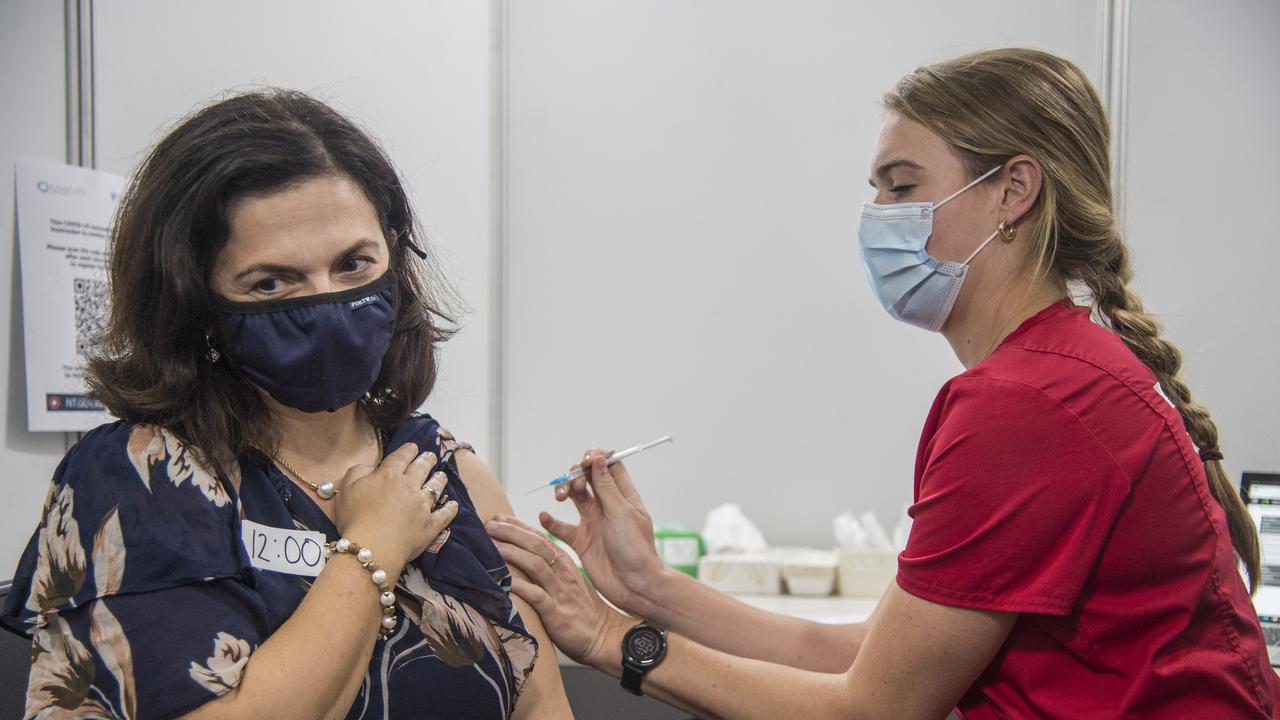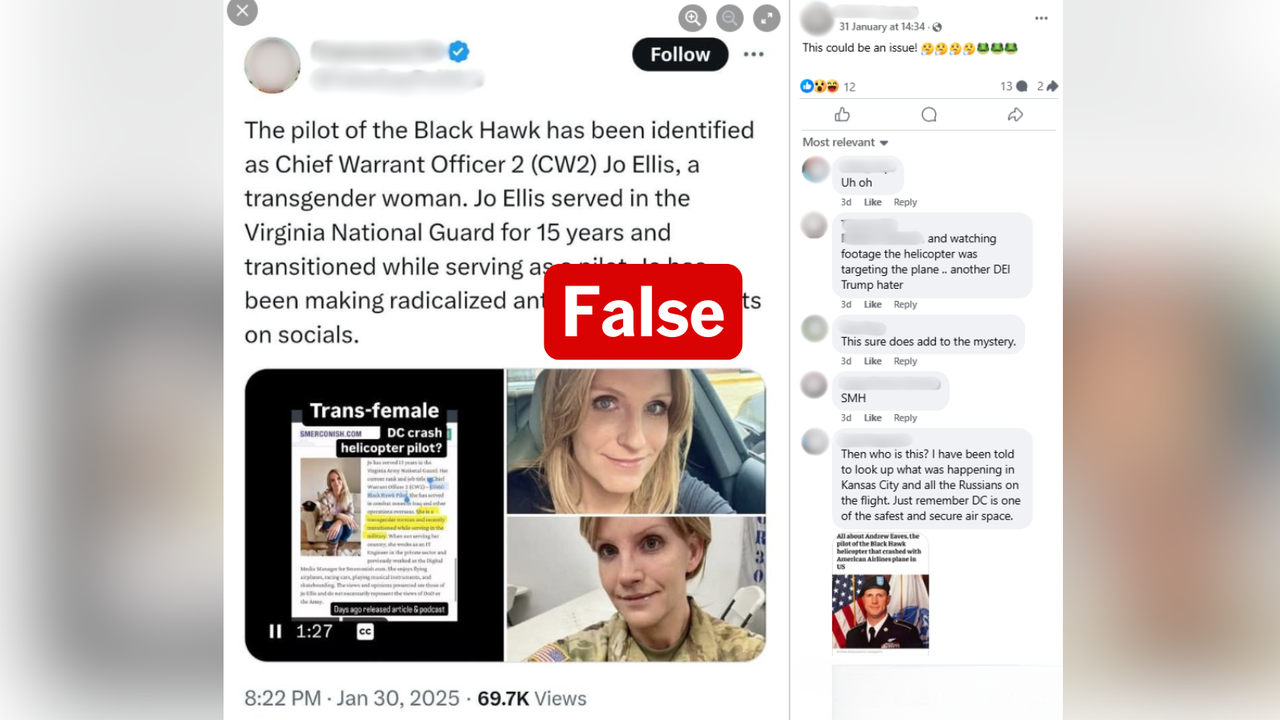WHAT WAS CLAIMED
The Pfizer COVID-19 vaccine contains simian virus 40.
OUR VERDICT
False. The vaccine does not contain SV40.
AAP FACTCHECK - Pfizer's COVID-19 vaccine does not contain an infectious version of the virus that comes from monkeys, despite claims being made online.
A copy of a non-infectious DNA sequence found in the virus, SV40, is used to make the vaccine, but is removed or broken down during the manufacturing process.
The claim appears in a Facebook post from June 28, 2025, with the caption: "How many vaccinated people do you know now have cancer?"
The video features a clip of Angus Dalgleish, an oncologist at St George's Hospital in the UK, speaking about Pfizer's COVID-19 vaccine.
"They're just not fit for purpose. The Pfizer's are full of SV40. SV40 was what, in my day, we put into mice to make them grow tumours so we could pour chemotherapy into them to see if it worked for the tumours," he claims (timestamp 20 seconds).
AAP FactCheck emailed Professor Dalgleish to ask for his evidence, but did not receive a response.
SV40 is an abbreviation for simian virus 40, a DNA virus that occurs naturally in monkeys.

Barry Milavetz, a molecular biologist who has studied SV40 for more than 50 years, explained that all viruses contain genetic information in the form of either deoxyribonucleic acid (DNA) or ribonucleic acid (RNA).
This is the blueprint the virus uses to infect cells, reproduce and spread around the body, he said.
Pfizer's vaccines introduce mRNA to the body's cells, teaching them to produce a harmless spike protein of SARS-CoV-2, the virus that causes COVID-19.
This prompts the immune system to generate antibodies that recognise and destroy the actual virus if exposed to it in the future.
In order to create the mRNA, a DNA template serves as the "building block" or "starting material," according to a Pfizer factsheet.
Deborah Fuller, a microbiologist at the University of Washington, said this DNA template is composed of several distinct elements.
One element, called an enhancer or promoter sequence, contains a copy of a short non-infectious sequence of DNA found in the SV40 virus, she said.
"It's not possible for this short sequence to produce infectious virus," Professor Fuller told AAP FactCheck.
Scientists insert the template into a bioreactor and combine it with enzymes to produce hundreds of mRNA strands through a process called transcription.
After the mRNA is made, Prof Fuller said the template is removed through a purification process that uses deoxyribonuclease (DNAase), an enzyme that breaks down DNA molecules.
"DNAases are a potent clean-up crew," Prof Fuller said.
The manufacturing process also includes a quality control step that tests for residual DNA.

In a hypothetical or extremely rare scenario where the purification process misses one or two molecules, the body's own DNAases will degrade any remaining DNA.
Each vaccine dose contains less than ten billionths of a gram of residual DNA under quality limits set by the Therapeutic Goods Administration (TGA), World Health Organization (page 20) and US Food and Drug Administration (p37).
While residual DNA may be present in very small quantities in mRNA COVID vaccines, every batch released in Australia has met the regulatory requirements, the TGA said in an October 2024 statement.
Archa Fox, a molecular biologist at the University of Western Australia, said that even if trace amounts of DNA were found in a vaccine, they would not be the infectious part of the SV40 virus sequence.
"This DNA element will not produce viral particles," she told AAP FactCheck.
Professor Milavetz said that after SV40 was discovered around 1960, scientists found that it could cause tumours in hamsters.
Scientists identified a gene in the virus called T-antigen that was responsible for making cells behave like cancer cells, he explained.
"As you might expect this region of the SV40 is never used in any vectors that might be used to prepare pharmaceuticals for any animals including humans," he said.
Pfizer's factsheet also notes that the DNA used to develop the mRNA does not contain oncogenes, which are genes that have the potential to cause cancer.
AAP FactCheck is an accredited member of the International Fact-Checking Network. To keep up with our latest fact checks, follow us on Facebook, Instagram, Threads, X, BlueSky, TikTok and YouTube.












